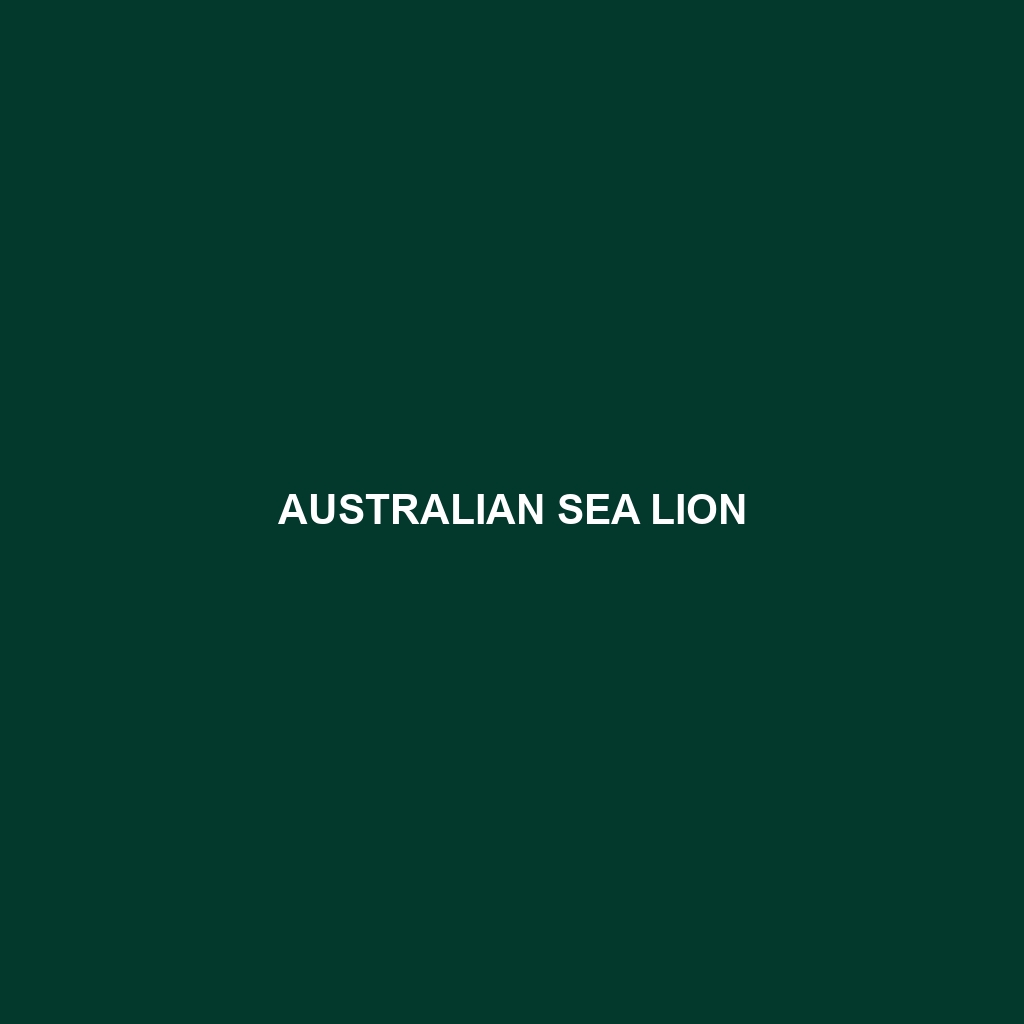Steller Sea Lion
Common Name: Steller Sea Lion
Scientific Name: Eumetopias jubatus
Habitat
The Steller Sea Lion primarily inhabits coastal regions of the North Pacific Ocean, specifically along the coasts of Alaska, Canada, and parts of California. These pinnipeds favor rocky coastlines, beaches, and islands, where they can haul out for resting and breeding. They thrive in cold waters, often found near upwelling zones rich in marine life.
Physical Characteristics
Steller Sea Lions are the largest species of sea lion, with adult males weighing between 800 to 1,200 pounds and measuring 10 to 12 feet in length. Females are smaller, averaging 200 to 300 pounds and reaching lengths of about 8 feet. Their coloration varies from light brown to tan, with males often appearing darker than females. They possess a distinctive thick mane of fur around their necks, especially visible in mature males.
Behavior
Steller Sea Lions are social animals known for their vocalizations, which include barks, grunts, and growls. They often gather in large colonies on rookeries for breeding and resting. These sea lions are also powerful swimmers, capable of diving to depths of up to 600 feet in search of food. Their playful nature often leads them to engage in social behaviors like surfacing and jumping out of the water.
Diet
Steller Sea Lions are carnivorous, primarily feeding on fish species such as sardines, herring, and salmon, along with squid and other invertebrates. Their foraging techniques include hunting alone or in groups, showing remarkable agility and speed in the water. These marine mammals play a crucial role in maintaining the balance of their ecosystem through their predatory habits.
Reproduction
The breeding season for Steller Sea Lions occurs from late spring to early summer, typically around late May to early July. Males establish territories and gather harems of females for breeding. After a gestation period of approximately 11 months, females give birth to a single pup, which weighs about 50 pounds at birth. Maternal care is extensive, with mothers nursing their pups for up to a year.
Conservation Status
As of now, the Steller Sea Lion is classified as vulnerable by the International Union for Conservation of Nature (IUCN). Factors contributing to their decline include overfishing, habitat loss, climate change, and increased predation from orcas. Conservation efforts are ongoing to ensure the survival of this magnificent species.
Interesting Facts
Did you know that the Steller Sea Lion is named after Georg Wilhelm Steller, a naturalist who first documented the species in the 18th century? They are also known for their unique ability to drink seawater without becoming dehydrated, thanks to specialized kidneys that filter out salt effectively.
Role in Ecosystem
Steller Sea Lions play a vital role in their marine ecosystem as both predators and prey. They help regulate fish populations, contributing to the overall health of oceanic environments. Additionally, they serve as food for larger predators, including orcas and large sharks, creating a balanced food web.
